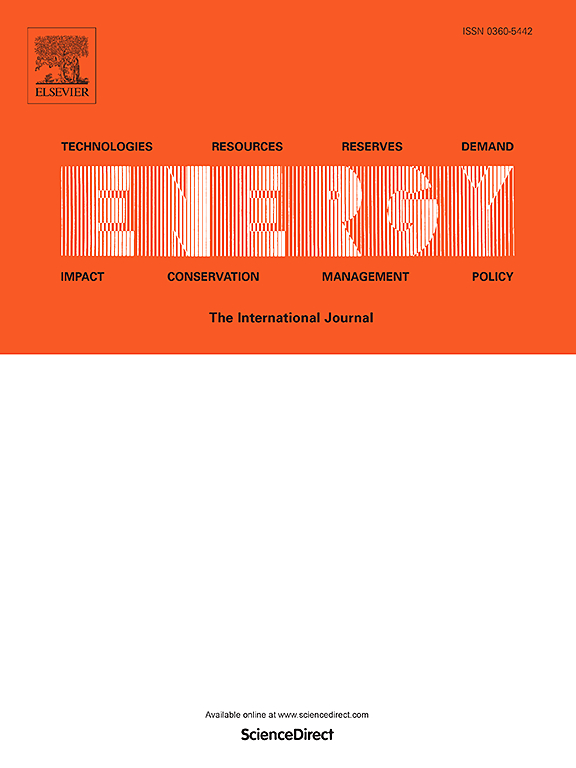Understanding the impacts of inorganic species in woody biomass for preprocessing and pyrolysis–A review
IF 9
1区 工程技术
Q1 ENERGY & FUELS
引用次数: 0
Abstract
Woody biomass represents an abundant resource for sustainable biofuels, biochemicals, and bioproducts. Technologies for converting woody biomass have been established for decades, and research consistently highlights the critical role of inorganic species and ash plays in feedstock handling and conversion processes, including equipment plugging, corrosion, and catalyst deactivation. A thorough understanding of the variability, transport behavior, and downstream impact of inorganic species in woody biomass is essential for defining feedstock quality specifications and developing effective management strategies for conversion processes. This review compiles critical information in five main sections: 1) inorganic species concentration in woody biomass, based on anatomical fractions and their sources of variability; 2) technique features for quantifying inorganic elemental chemical analysis; 3) impacts of inorganic species on biomass preprocessing; 4) impacts of inorganic species on pyrolysis, and 5) mitigation strategies. Additionally, this review explores future challenges and opportunities in addressing the impacts of inorganic species on biomass quality. These insights aim to support the sustainable development of the biomass-to-bioenergy pipeline and ensure high-quality lignocellulosic feedstocks for efficient downstream conversions. The findings offer valuable guidance to policy makers, industry stakeholders, and researchers in developing effective strategies for managing inorganic species in woody biomass and fostering the sustainable processes for lignocellulosic biorefineries.
求助全文
约1分钟内获得全文
求助全文
来源期刊

Energy
工程技术-能源与燃料
CiteScore
15.30
自引率
14.40%
发文量
0
审稿时长
14.2 weeks
期刊介绍:
Energy is a multidisciplinary, international journal that publishes research and analysis in the field of energy engineering. Our aim is to become a leading peer-reviewed platform and a trusted source of information for energy-related topics.
The journal covers a range of areas including mechanical engineering, thermal sciences, and energy analysis. We are particularly interested in research on energy modelling, prediction, integrated energy systems, planning, and management.
Additionally, we welcome papers on energy conservation, efficiency, biomass and bioenergy, renewable energy, electricity supply and demand, energy storage, buildings, and economic and policy issues. These topics should align with our broader multidisciplinary focus.
 求助内容:
求助内容: 应助结果提醒方式:
应助结果提醒方式:


